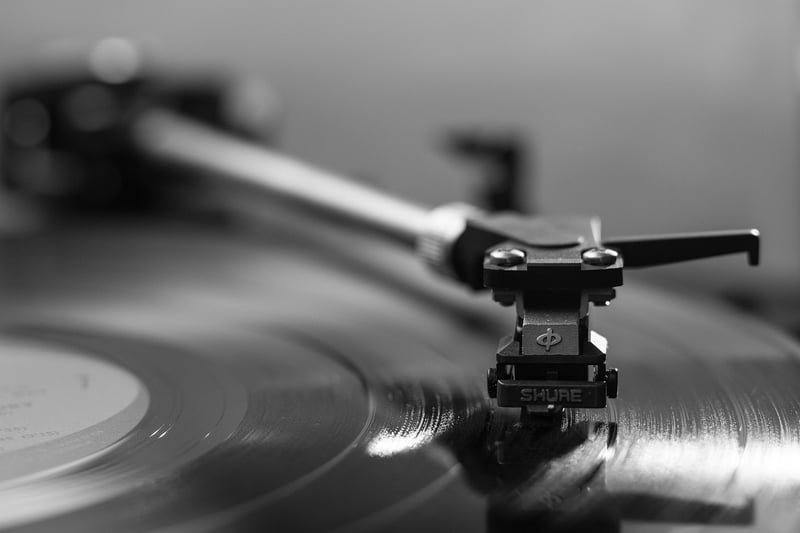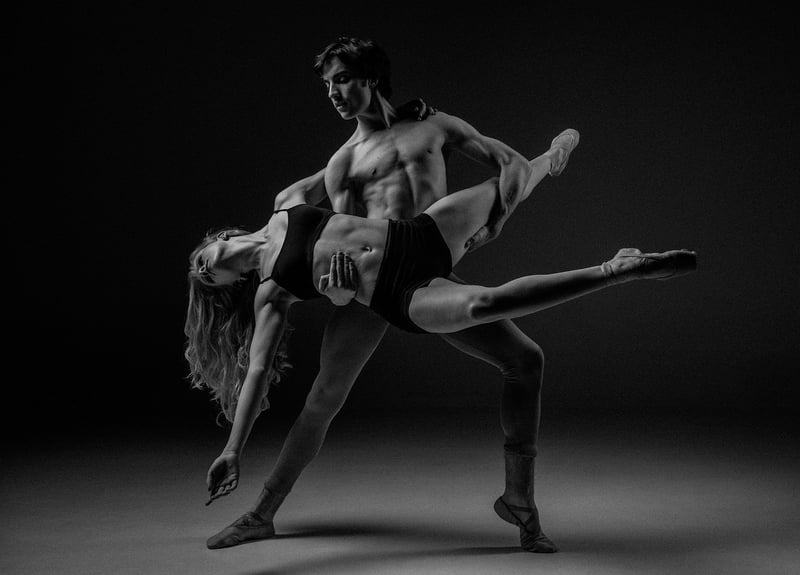Historical Etiquette
Guidance for Time Travelers + Historical Etiquette
Introduction
Welcome, time traveler, to a journey through different eras! As you venture through time, it is essential to understand the nuances of historical etiquette to navigate each period gracefully. Whether you find yourself in the courts of kings or the bustling streets of ancient civilizations, this guide will help you blend in seamlessly.
Ancient Civilizations
When visiting ancient civilizations like Egypt or Rome, remember to show respect for local customs and traditions. Dress modestly and be mindful of cultural practices. Offerings to gods or rulers were common, so be prepared to participate in these rituals if necessary.

Medieval Times
In the medieval period, chivalry and honor were paramount. Address nobles with proper titles such as "My Lord" or "My Lady." Understand the intricacies of feudal society and the code of conduct for knights. Feast etiquette was crucial, so know how to use utensils and partake in banquets.

Victorian Era
The Victorian era was characterized by strict social norms and elaborate customs. Dress impeccably in accordance with the fashion of the time. Understand the nuances of calling cards, tea etiquette, and formal dances. Politeness and decorum were highly valued.

Roaring Twenties
The 1920s were a time of liberation and glamour. Embrace the spirit of the Jazz Age with stylish attire and a carefree attitude. Learn the popular dances of the time like the Charleston and the Foxtrot. Speakeasies and jazz clubs were hubs of social activity.

Conclusion
As you embark on your time-traveling adventures, remember to immerse yourself in the customs and etiquette of each era. Respect and adapt to the cultural norms of the time to make the most of your journey through history. Safe travels, time traveler!
For more exciting time-traveling tips and historical insights, visit History.com.
